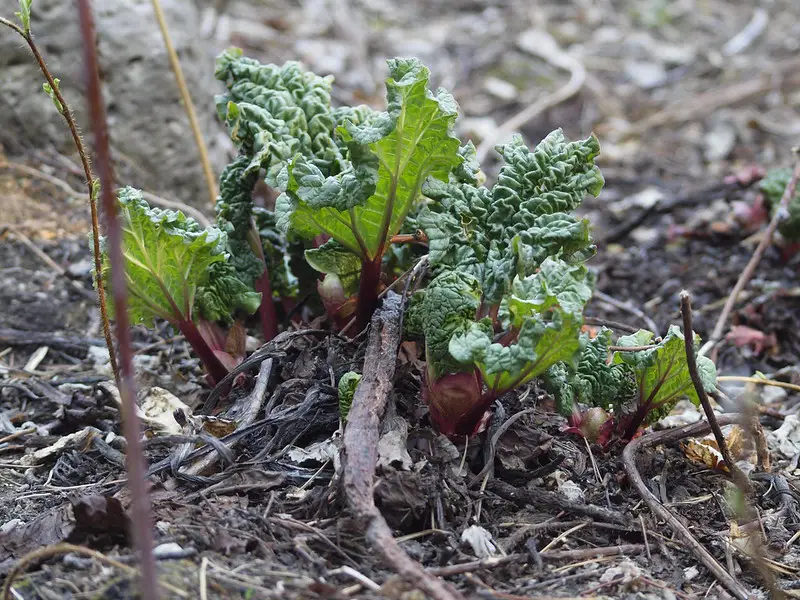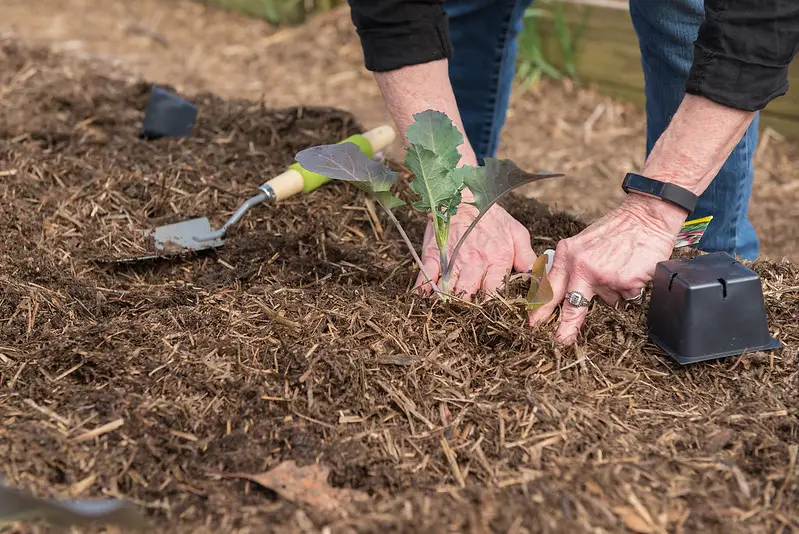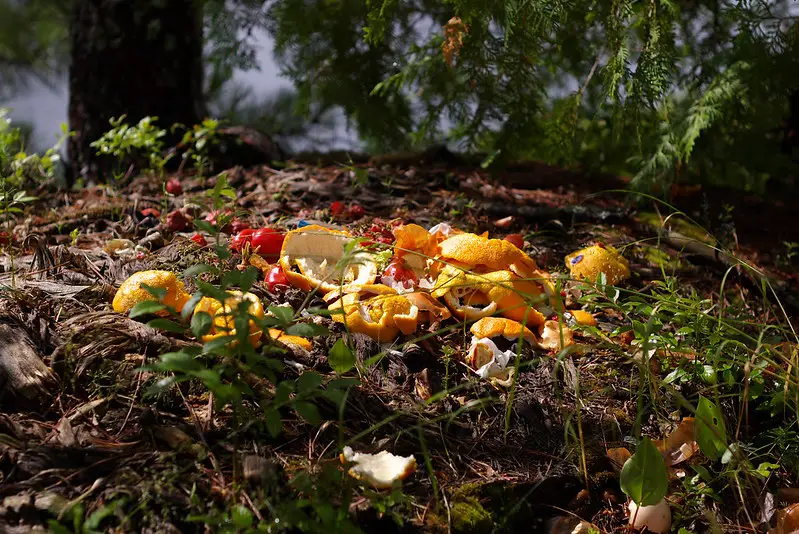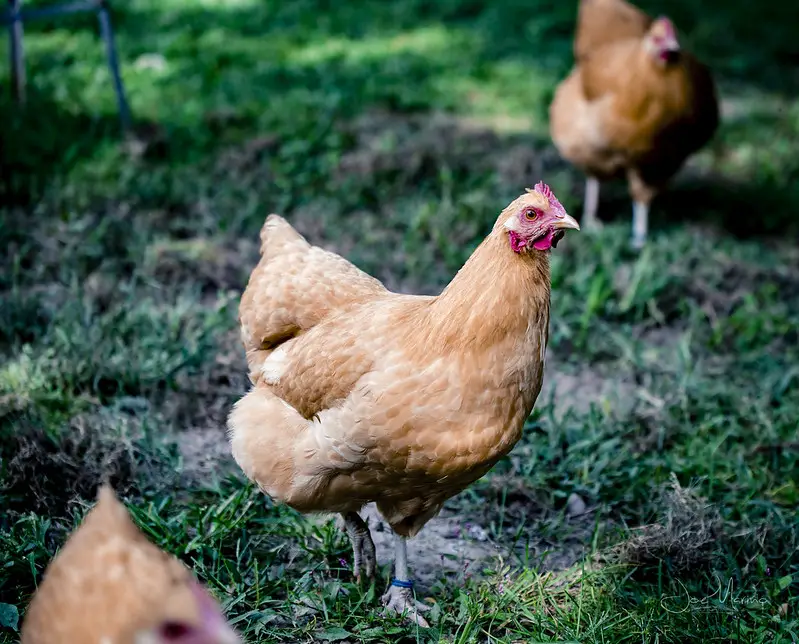Image by: Jay Empty
Farming can go beyond just growing crops—it can aim to heal the land and foster a harmonious relationship between agriculture and nature. In this article, we’ll dive deep into the principles and practices of regenerative agriculture, exploring how it positively impacts soil health, biodiversity, water management, and climate change.
Jump in to discover how regenerative agriculture can pave the way to a greener and more sustainable future for all.
What is Regenerative Agriculture?
RA is a holistic approach that focuses on soil health and stewardship. Regenerative farmers are working to restore the natural cycles of life, from soil microbes and plants to wildlife and humans.

Image by : Spiritu Libero
Table of Contents
The Principles Behind Regenerative Farming
By: Regenerative Farmers of America
Regenerative agriculture uses nature as a model for its practices. It mimics natural systems by working with the environment instead of fighting against it.
Regeneration is the process of restoring something to its original form or state after use or deterioration.
Regenerative farmers work to restore the soil’s fertility, structure, health, and biodiversity so it can produce healthy food without chemical fertilizers or pesticides.
Importance of Regenerative Agriculture for Sustainability
The world’s population is expected to reach 8 billion by 2025, which means we will need 70% more food than we do today to feed everyone well.
It is estimated that over 2 billion people currently suffer from chronic hunger worldwide, while at least 800 million people are overweight or obese in developed countries. While there here are environmental factors implicated in obesity, both conditions are linked to the consumption of nutrient-poor foods like processed carbohydrates instead of whole foods like fruits and vegetables.
Understanding Soil Health
Soil health serves as the bedrock of successful agriculture. The soil is a living ecosystem that houses numerous organisms critical for nutrient cycling and plant growth.
However, modern agricultural practices have caused significant soil degradation issues such as erosion, nutrient depletion, and compaction.
Regenerative agriculture aims to reverse this trend by fostering practices that rebuild and enhance soil health, ultimately leading to increased crop productivity and environmental sustainability.

Image by: Greta Hoffman
Regenerative Agriculture Best Practices
Keeping your soil healthy doesn’t have to be a hard task. These practices have been used for centuries, and are luckily coming back into fashion.
Crop Rotation and Biodiversity
Crop rotation involves systematically planting different crops in sequence on the same land. This practice breaks the pest and disease cycles, improves soil fertility, and reduces the need for chemical inputs.
Additionally, crop rotation enhances biodiversity on farms, creating resilient ecosystems that support a wide range of beneficial organisms.
By: GrowVeg
Biodiversity plays a very important role in fostering diversity throughout the food chain, benefiting insects, birds, and beyond. A rich variety of species enables soil microorganisms to thrive, leading to an increase in the production of plant exudates. These exudates, in turn, nourish soil microbes. The ultimate objective is to maximize the presence of beneficial microbes and enhance carbon sequestration.
Cover Crops and Mulching
Cover cropping is a highly effective method to improve soil health and support plant growth during the off-season. By keeping the soil covered with living roots the soil remains nourished and protected.
Diverse cover crops help enhance the food chain and support earthworm populations, ensuring well-fed and thriving soil.
Another benefit of cover cropping is its ability to keep the soil temperature low. When soil is bare, it experiences a “heat island effect,” leading to higher temperatures that can be detrimental to microbes and negatively impact cloud formation. By maintaining covered soil, the atmosphere benefits, making cover cropping an essential practice in regenerative agriculture.
You can also add mushrooms to your mulch and double your produce in the same space.

Image by: cheriam2000
Mulching, on the other hand, involves covering the soil with organic materials like straw or leaves, conserving moisture, and reducing weed pressure. Both cover crops and mulching contribute to soil structure improvement and nutrient retention
No-Till Farming Techniques
Tilling the soil breaks up soil aggregates, disturbs organic matter, and exposes it to oxygen, leading to the formation of CO2 that enters the atmosphere. While “no-till” agriculture is ideal for low disturbance, it may not be practical on mistreated land. Minimal tillage is best in the long term.

Image by: LiveWellNKY
No-till farming involves planting crops without disturbing the soil. By leaving the soil undisturbed, erosion is minimized, and carbon sequestration is enhanced. No-till practices also promote the proliferation of beneficial soil microorganisms, which contribute to overall soil health
Composting and Organic Matter
In the U.S., a staggering 60 million tons of nutrient-rich food materials end up in landfills every year, instead of being composted.
Composting is a natural process of recycling organic waste into nutrient-rich compost. Applying compost to farmland improves soil fertility and promotes microbial activity, further aiding in carbon sequestration. The diverse microbiome aids in nutrient absorption and safeguards plants against diseases. This makes compost an invaluable resource for farmers.

Image by: Trevor Wade
Organic matter, whether from compost or crop residues, plays a big role in regenerative agriculture, enhancing soil structure and nutrient availability. So try to compost whenever you can.
Agroforestry and Windbreaks
Agroforestry involves mixing row crops with tree crops to achieve various benefits. Trees offer shade, act as windbreaks, and provide habitats for other species, thus enhancing biodiversity. In return, the crops sustain soil biodiversity.
The trees also help control erosion, and water loss caused by wind, and maintain a cooler temperature.
Growing a grain crop without trees can only capture limited sunlight due to the crop’s height. However, by adding rows of trees spaced about 75-100 feet apart, you can capture more sunlight with the increased height.
Windbreaks are planted rows of trees or shrubs, that shield crops from strong winds, protect against erosion, and promote regrowth after adverse weather events. Growers and gardeners should strive to intercept as much sunlight as possible on their land, even if it is filtered through tree branches.
Water Management Strategies
Efficient water use is crucial for sustainable agriculture. Regenerative practices embrace rainwater harvesting and responsible irrigation methods to conserve water and prevent water pollution. Proper water management ensures optimal plant growth while safeguarding water resources
Livestock Integration
Livestock, such as cows, goats, sheep, chickens, and pigs, act as bioreactors, converting plant material into organic matter through manure production. Integrating livestock into crop production brings several benefits, including enhanced fertility and improved soil structure. Grazing cover crops or crop residue at the end of the season prepares the land for the next round of seeding without the need for tilling.

Image by: Joe Marino
Dr. Allen Williams from the Soil Health Academy demonstrated the rapid land recovery process. In a mere three years, his farm’s carrying capacity increased by at least 5 times. The farm boasts complete soil coverage, with no bare areas, and the animals graze on lush grass that’s at least 2 feet high. The animals are also healthier and gain weight faster, proving the system not only works but is also profitable.
Regenerative Agriculture as a Climate Solution
Regenerative agriculture holds promise in mitigating climate change. Through carbon farming practices like cover cropping and no-till farming, carbon dioxide is sequestered in the soil, reducing greenhouse gas emissions. Supporting carbon markets can incentivize farmers to adopt regenerative practices, accelerating the fight against climate change.
Economic Benefits of Regenerative Agriculture
Regenerative agriculture brings economic benefits to farmers. Reduced inputs, access to premium markets, and long-term profitability contribute to financial resilience.
Other experimental methods of gardening like Electroculture, have also shown interesting results, like improved yields and increased plant growth.
If you’re interested in trying it, check out Electroculture gardening with copper antennas.
However, challenges, including misconceptions and resistance, hinder widespread adoption. Overcoming these obstacles requires collaborative efforts from farmers, policymakers, and the entire community.
FAQs
Is regenerative agriculture only suitable for small-scale farmers?
- RA can be introduced to farms of all sizes. While it is commonly associated with small-scale operations, larger farms can also adopt regenerative practices with proper planning and commitment.
Does regenerative agriculture require additional investment?
- Initially, transitioning to regenerative practices might involve some investment, but it often leads to cost savings in the long run due to reduced inputs and increased efficiency.
Can regenerative agriculture help combat climate change?
- Yes, regenerative agriculture plays a vital role in sequestering carbon from the atmosphere, making it a powerful tool in the fight against climate change.
Are there any government incentives for regenerative farming?
- Many governments around the world are recognizing the importance of regenerative agriculture. Offering incentives, grants, or support programs to encourage farmers to adopt these practices.
Can consumers contribute to regenerative agriculture?
- Absolutely! By supporting farmers who practice regenerative agriculture and making sustainable food choices, consumers can drive demand for environmentally friendly farming practices.


